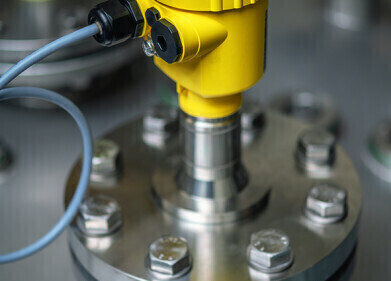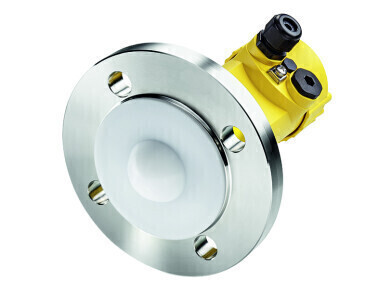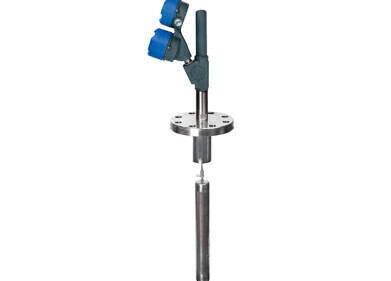Level measurement
Close-Coupled Manifold System Simplifies Process Level Measurement Applications
Jun 07 2010
A new highly-integrated manifold concept is offering users a radically simpler means of installing level measurement instrumentation to process tanks and vessels. Two single-piece manifolds integrate all of the valves and features required for connecting the upper and lower pressure sensing points to a differential pressure transmitter. The approach eliminates a huge amount of weight, size and potential leak paths compared with conventional ’hook-ups’ fabricated using discrete valves and tubing connections. The solution has been developed by the Instrumentation Products Division of Parker Hannifin (UK).
Called CCIMS Level-Flange, the new solution consists of two manifolds. One provides a single-piece solution for the lower or ’wet leg’ pressure connection at the bottom of a tank. This has a flange at one side for connection to the tank, double-block-and-bleed valves in a monoflange style, a mounting point for a differential process transmitter, and tube connections for the balance line connection to the second sensing point. The second manifold provides an integrated solution for the upper or ’dry leg’ pressure sensing point, with a flange connection, block-and-bleed valves and balance line connections.
The intimate nature of the piping connection provided by CCIMS Level-Flange aids the fundamental performance of the instrument system. Traditional hook-ups, fabricated from discrete valve and tubing components, typically involve longer flow paths, bends and sometimes changes in bore size. These can introduce pressure drops that can decrease measurement accuracy, commonly referred to as ’gauge-line error’. CCIMS Level-Flange provides a short, straight and even flow connection - allowing end users to benefit fully from the instrument’s accuracy to monitor process levels.
The close-coupled design ensures that the differential pressure instrument is mounted directly adjacent to the process vessel - helping to avoid the common problem of blockages that can be caused by factors such as viscous media, hydrate formation, freezing, and so on.
The weight and size of the integrated manifolds is also reduced compared with other solutions. A complete assembly with instrument only extends around 10.4 inches / 26.3 cm from the tank - which can be as little as a half that of some other hook-ups. This eliminates any need for supporting metalwork, and reduces the likelihood of clashing with any nearby pipework etc.
The integrated nature of the manifolds also means that numerous joints are eliminated, every one of which is a potential leak path - helping to avoid both the human and environmental safety issues caused by leakages or emissions.
Installation time is one further significant advantage of Parker’s new solution. By replacing hand-crafted assemblies of discrete tubing, joint and valve components that can take many hours to assemble, CCIMS Level-Flange is expected to reduce the installation time and cost of differential pressure transmitter level measurement systems by up to 85%.
Digital Edition
PIN 25.6 Buyers' Guide
January 2025
Buyers' Guide Directory - Product Listings by Category - Suppliers Listings (A-Z) Articles Analytical Instrumentation - ASTM D7042: The Quantum Leap in Viscosity Testing Technology -...
View all digital editions
Events
Jan 20 2025 San Diego, CA, USA
Jan 22 2025 Tokyo, Japan
Jan 25 2025 San Diego, CA, USA
SPE Hydraulic Fracturing Technology Conference and Exhibition
Feb 04 2025 The Woodlands, TX, USA
Feb 05 2025 Guangzhou, China



















